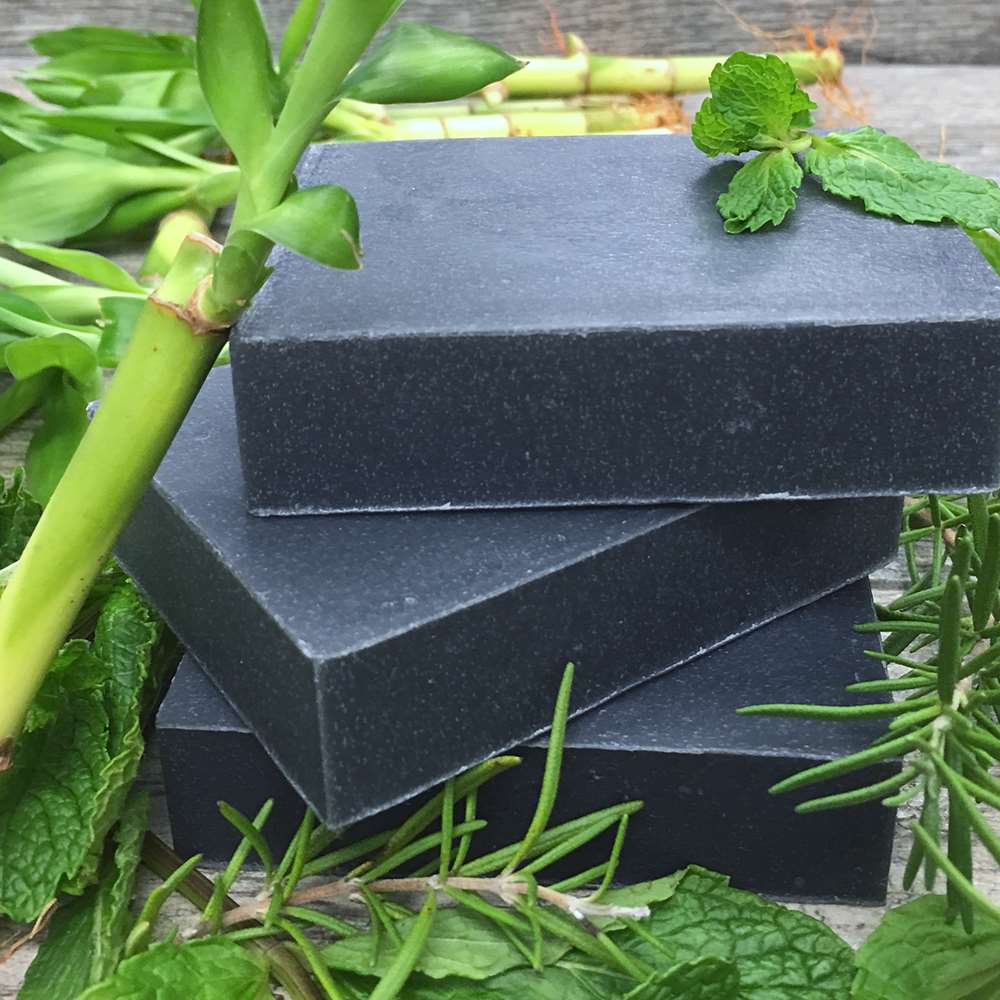
Shampoo Bar: Rosemary Mint Charcoal
- Out Of Stock
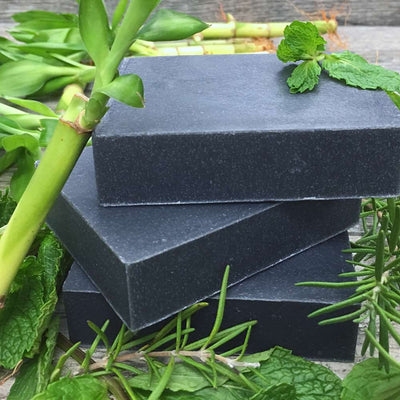

Refreshing essential oils, nourishing coconut milk, cleansing bamboo charcoal, and moisturizing plant oils and butters, help balance natural hair oils, cleanse and stimulate the scalp, and add body and shine.





Good For: Normal to Oily Hair, Dandruff, Irritated Scalp
An invigorating and deep cleansing natural shampoo bar enriched with moisturizing organic cocoa butter and coconut milk. Bamboo charcoal gently exfoliates, cleans, and refreshes the scalp, removes impurities, and adsorbs (yes adsorbs) excess oils without stripping hair of natural oils.
Rosemary essential oil, one of the best oils for hair, helps control dandruff, balances natural hair oils, promotes hair growth, and stimulates the scalp.
Nourishing plant oils and butters plus rich, soothing organic coconut milk add moisture and manageability to hard-to-handle hair.
Note: We don't skimp on the charcoal. The deep color may cause staining on light-colored washcloths. Stains should disappear after laundering, but we make no promises.
🍃NATURAL, VEGAN & ECO-FRIENDLY: We are committed to healthy skin, healthy people, and a healthy planet. Packaged in recyclable boxes, there is Zero Waste & No Plastic. No synthetic ingredients. No fragrance oils, dyes, sulfates, silicones, or preservatives. Made with ingredients that are biodegradable, Certified Organic, non-GMO, cruelty-free, sustainably produced, and ethically traded.
🍃OUR BARS ARE BIG & TRAVEL FRIENDLY: Our natural shampoo bars are 5.6 oz (159 g) & a perfect choice for TSA-friendly travel. They can do extra duty as a body soap or for a foamy lather wet shave. Great for camping or the gym.
A sulfate-free, silicone-free, paraben-free natural shampoo
Looking for a different shampoo bar?
Explore the world of natural shampoo bars, get answers to your shampoo FAQs and learn about the benefits, ingredients, hair type suitability, and usage tips.
Finding the right bar is important but we believe that using the proper technique to wash your hair is the best way to ensure a successful transition from synthetic shampoo to natural shampoo bars.
Our natural shampoo bars are a lot more concentrated than liquid shampoos. They contain extra oils and butters to nourish hair.
If you do not build a nice lather and rinse really well you will have areas that remain coated with the soap oils, which can make it look or feel “gummy.”
***Notice in the techniques below that we do NOT recommend lathering up the length of your hair with the shampoo bar. As you use your fingers to rinse the lather through the strands, there is enough shampoo to clean the length. These techniques help prevent coating your hair strands with shampoo residue.
If you are new to shampoo bars please our blog, "How to Use a Natural Shampoo Bar" for more detailed information.
This technique helps prevent pockets of shampoo residue in the length of your hair especially if you have long or thick hair.
Wet Hair: One of the most important steps is to begin with thoroughly wet hair--I mean a lot of water. Be sure that the water saturates your hair all the way down to the roots.
Create the Lather: There are two possible ways both of which help prevent pockets of shampoo residue left in your hair that can make hair feel tacky.
 Massage the Lather into your Scalp only at the roots of the hair until you work up a really good lather
Massage the Lather into your Scalp only at the roots of the hair until you work up a really good lather
Using your Fingers like a Comb: smooth the lather down the length of your hair as you rinse with water. To prevent tangles, be sure to always work from the top down, use your fingers like a comb, not a mixer, and don't pile your hair on your head,
Rinse, rinse, rinse, rinse and rinse again. I cannot stress how important this step is to shampoo bar success. In order to remove the excess shampoo, which can leave a filmy feeling and weigh hair down, do NOT rush this step! The rinsing should take longer than washing and lathering time.
If your hair has a residue before or after shampooing, use an Apple Cider Vinegar Rinse or a baking soda clarifying rinse.

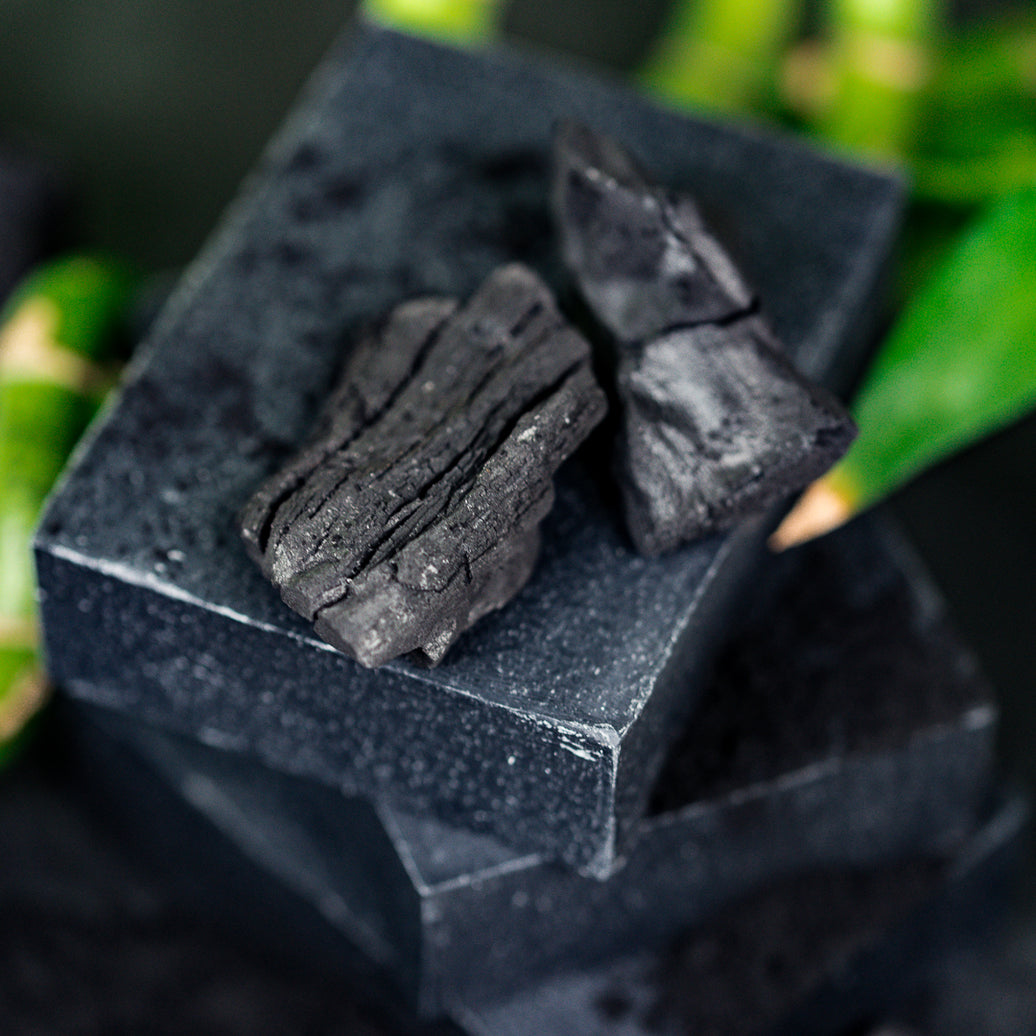
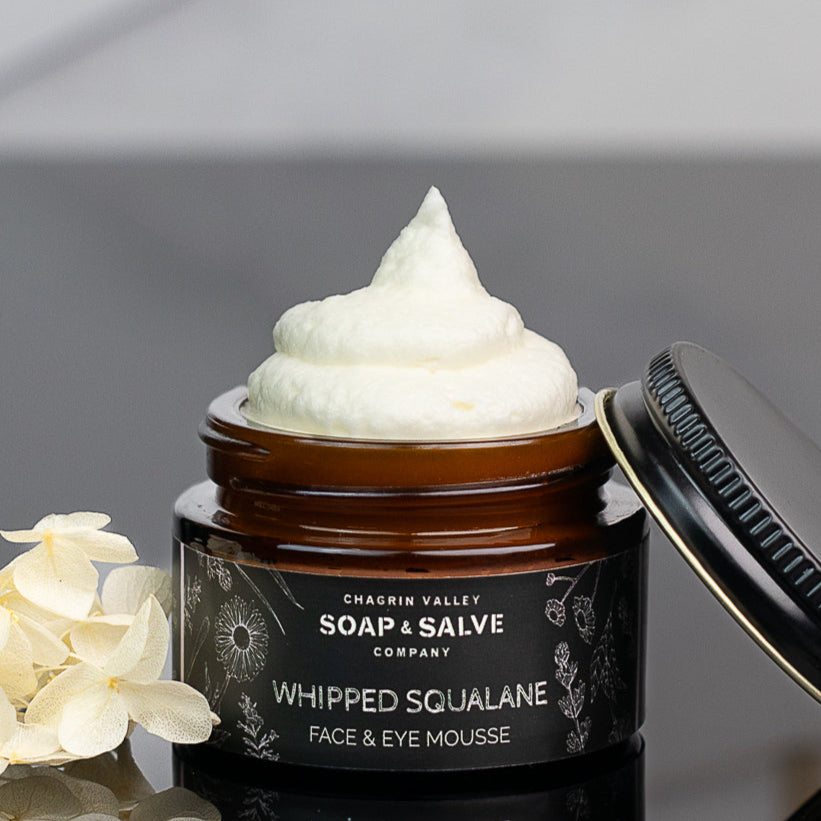
Total price: $43.40
Create Your Own Bundle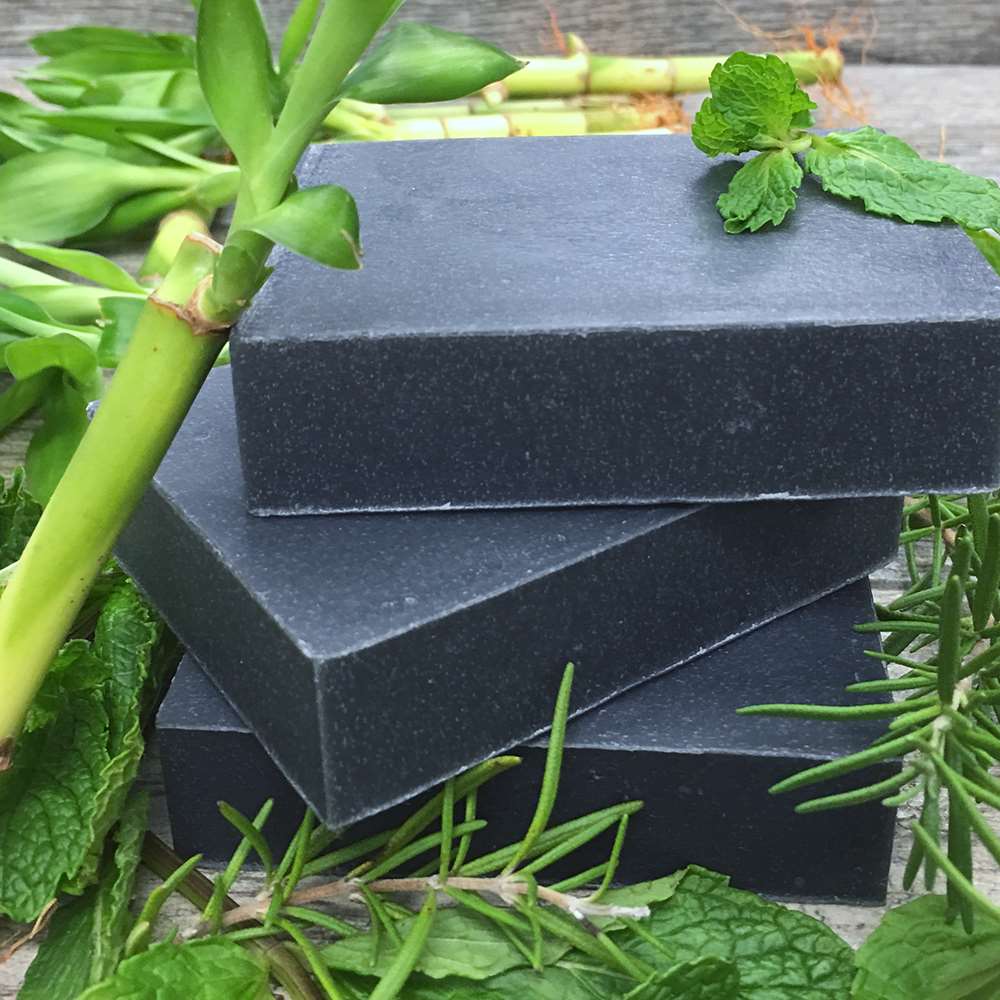
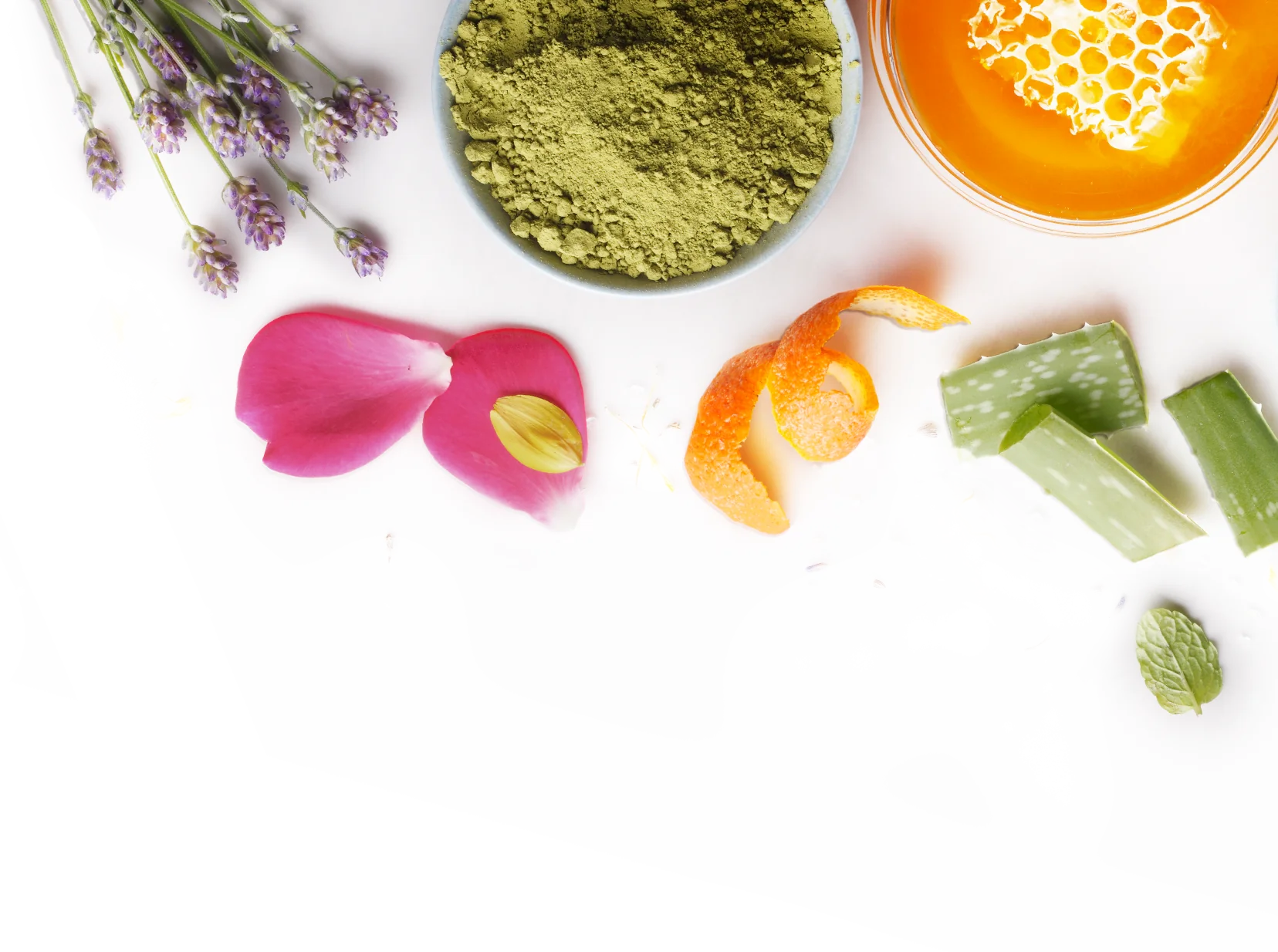
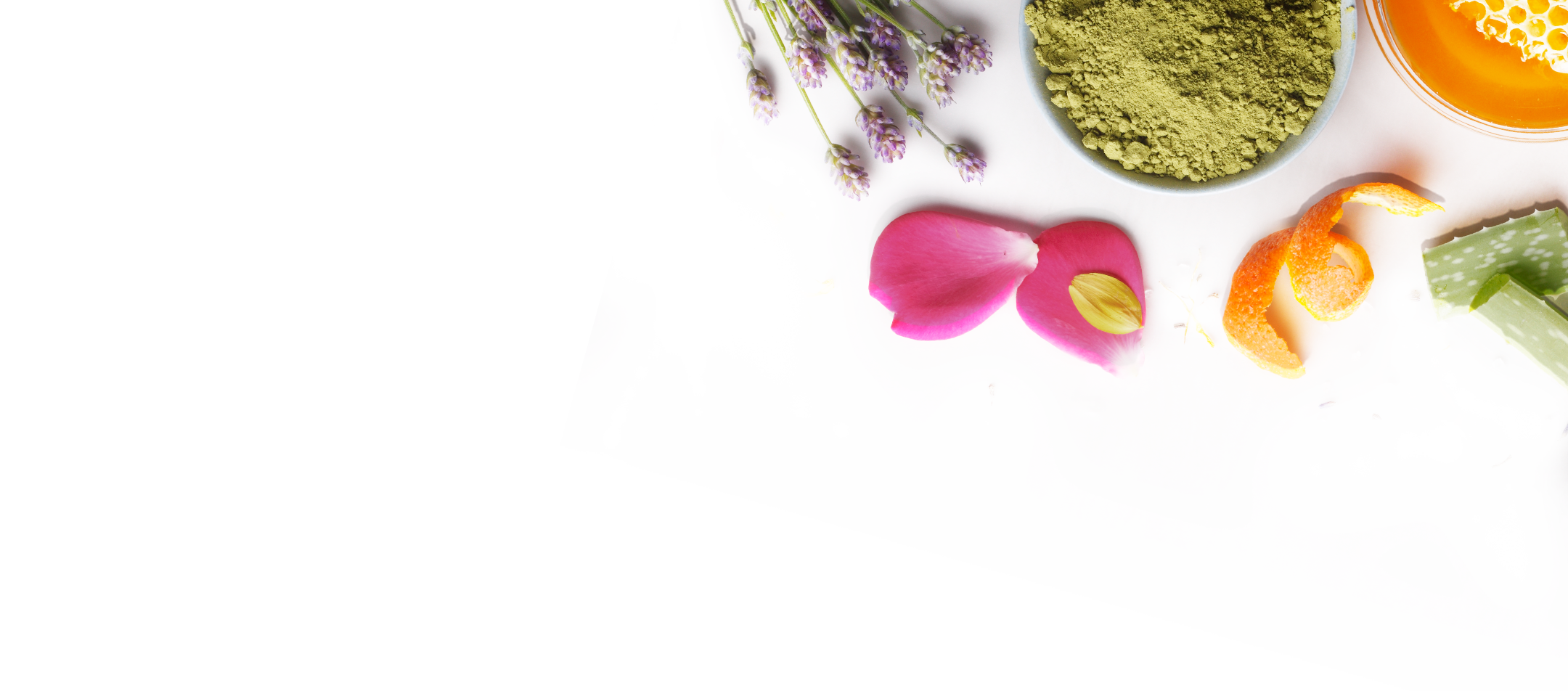
The goal is simple: to Harness the Power & Simplicity of Nature® to cleanse, soothe, heal, and protect your skin and hair!
Our unique formulas rely on moisturizing oils and butters, healing botanicals, and pure essential oils. We choose every ingredient with one end-result in mind….the BEST possible natural skin care for YOU!
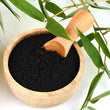
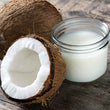
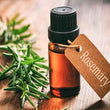
|
*Ingredient is Fair Trade Certified ^Used in the saponification process to turn oil into soap and glycerin. None remains in the finished product.
|
In my youth I had pin-straight hair and was envious of friends with wavy and curly hair. But those friends were jealous of my straight hair! Whether your hair type is straight, wavy, curly, coily, or somewhere in between, your locks are beautiful.
In the same way that understanding your skin type is important for creating an effective skincare routine, determining your hair type can play a huge role in helping you to reach your hair goals.
Hair type has 4 major categories: straight hair (type 1), wavy hair (type 2), curly hair (type 3), and coily hair (type 4). These 4 types of hair are further categorized into A, B, and C subtypes creating 12 total categories.

The best way to determine your hair type is to see your hair in its natural state. By simply looking at your hair you can recognize some obvious characteristics. The next time you wash your hair, allow it to air-dry without any styling or hair products. This will help you to define the natural shape or pattern (texture) of your hair. For example:
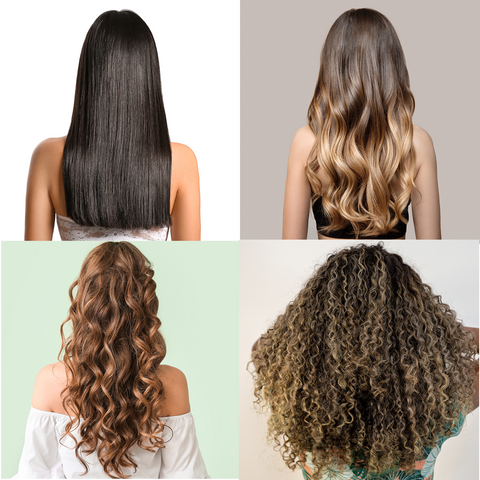
It is important to remember that most people do not have just one type of hair. They often have two different hair textures on various parts of their head.
Each of these hair textures will need special care and attention to enhance its natural best characteristics. Also, even though two people share the same natural wave, it does not mean they possess the same exact hair type. You are unique!
The words "thick" and "thin" can be confusing since you can have a lot of very thin hair and vice versa.
The density is the thickness or diameter of an individual hair strand. To determine your hair density use a single strand hair and compare it to the size of a piece of typical sewing thread. Fine hair is thinner than the thread, medium hair is similar in width, and coarse hair is wider. Hair density can affect how it will react to certain products and how well it will hold different hairstyles. There are 3 basic categories:
Thin hair does not style very easily. Medium hair is relatively easy to style and can hold curls for a longer time period. Thicker strands are very easy to curl, but because they are less pliable, they can be difficult to style or hold their shape.
Overall thickness refers to the total amount of hair on your scalp, which can range from thin to thick. When you gather your hair into a ponytail how much hair can you collect?
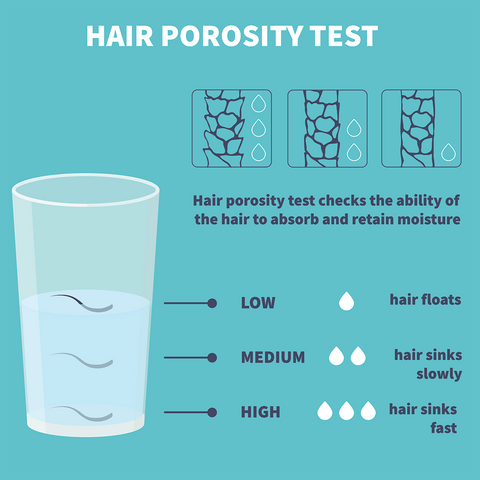 Porosity refers to your hair’s ability to absorb moisture as well as hair products. You can easily determine the porosity of your hair with a simple experiment.
Porosity refers to your hair’s ability to absorb moisture as well as hair products. You can easily determine the porosity of your hair with a simple experiment.
It seems like hair with high porosity would be well hydrated all the time since it can easily absorb moisture easily. However, due to the gap areas around the cuticle, the hair also loses moisture very easily, which can result in hair that is dry, brittle, frizzy, and prone to breakage.
On the other hand, that flattened cuticles of hair with a low porosity actually blocks moisture from being absorbed into the strands. Since hair care products are not readily absorbed, product buildup on hair strands is often a problem. Hair care products should be applied sparingly while hair is still damp so product is more easily absorbed and distributed.
To keep your hair healthy and nourished, it is important to develop a haircare routine that includes proper hydration. Knowing your hair type is crucial, as it helps you choose the right products for straight, wavy, curly, or coily/kinky hair.
Does your hair need a quick fix between shampoos? Our organic Fresh Locks™ dry shampoos quickly absorbs the oil from your roots, leaving your hair looking clean and feeling and smelling fresh, while giving it extra boost of volume when you have to skip the lather.
If you ever used an aerosol dry shampoo and were unimpressed with the results, a dry shampoo powder may be just the solution. Our natural dry shampoo transforms greasy, dull, lifeless hair into fresh locks that are full of body.
To ensure you get the most out of our Organic Dry Shampoo powder, here are some quick instructions on applying it effectively!
 Begin with DRY Hair and apply to ROOTS only. Use a comb to part your hair into small 1" to 2" sections beginning with the oiliest areas first.
Begin with DRY Hair and apply to ROOTS only. Use a comb to part your hair into small 1" to 2" sections beginning with the oiliest areas first.
Brush Method: The best and most precise way to apply is using an applicator brush (a makeup brush works great).
Sprinkle a small amount of dry shampoo powder into your hand and dip in the bristle ends. Tap to remove excess. Apply to the root sections in a dabbing motion.
Don't Have a Brush? Use the Shaker or Fingers Method: Although some people like to simply sprinkle the powder sparingly on the scalp area where oil forms and then massage the powder into the scalp, I find that I have less control over the amount of powder using this method and end up with too much.
I prefer using my fingers as applicators if not using a brush. Palm side up, I sprinkle a small amount onto my fingers, rub my fingers together and then massage through the scalp.
Distribute the dry shampoo for BOTH methods: Your fingertips are the best tool for this job. Moving from the top-down, use fingertips to massage and distribute the powder into the scalp. Wait a few minutes so it can work its magic. Massage your scalp again as you tousle and fluff your hair until there are no more powdery spots. Then brush your hair to further distribute the powder. Spot apply as needed to oily spots.
Night Before: Apply as described above before going to bed. The powder has more time to blend in and will soak up oil that is released during the night.
Be sure not to overdo it! If you use too much dry shampoo, the powder can build up and may cause itchiness.
Tip: If you wear a part in your hair, apply near, but not exactly on your part line.
A dry powder shampoo is great to use between washes, after the gym, or when traveling or camping.
Read our blog: Not All Dry Shampoos Are Created Equal
Most people find that shampoo bars are easier on color-treated hair than commercial shampoos.
We have many customers who color their hair and use our gentle shampoo bars. One customer who "darkens" her hair wrote to tell us that she is now able to go one month longer before recoloring her hair.
Another customer who "lightens" her hair, wrote that the color stays "nicer" longer and she does not get that "brassy" blonde color anymore.
All of our shampoo bars are mild enough for color-treated hair, but since everyone's hair and coloring products are different, please do a strand test to judge for yourself.
To do a strand test, shampoo a strand of hair in a non-conspicuous area and rinse. Notice if there are any changes.
For color-treated hair, we recommend creating a lather in your hands rather than rubbing the bar directly on your head. Then using your fingers massage the lather into your scalp at the roots of the hair until you work up a really good lather.
It is also best to rinse color-treated hair with cool or lukewarm, not hot, water.
Choose your shampoo bar based on your hair type, knowing that coloring hair may change its texture.
Permanent hair color does not simply stain your hair but penetrates the shaft to alter the natural hair pigment. Since the outer cuticle of the hair has been penetrated by the hair dye, your natural hair oil may have trouble penetrating the hair shaft. As a result, your hair may become more dry or brittle.
Since it takes time for the hair cuticles to fully close and trap in the color, be sure to follow the directions from your salon or the product package as to how soon you should shampoo after coloring hair.
Also, note that chlorinated water can change the hue of your color-treated hair.
The good thing about the shampoo bars is that they actually prolong color - before I started using them, I'd have to dye my hair every 3 weeks, now it's every 5-6 weeks. Venessa, Indiana
For more information read our blog, "Everything You Want To Know About Natural Shampoo Bars!"
The wholesome goodness of our handcrafted soap is available for your hair.
Shampoo bars are an all natural conditioning shampoo in a solid bar form. Yes, this is real shampoo in a solid bar. Shampoo bars are not a new idea.
They were commonly used before liquid detergent shampoos and conditions were invented in the 1940s.
Although the process for making a shampoo bar is the same as making soap, our shampoo bar "recipes" are specially formulated with natural plant oils, butters, botanicals and essential oils that nourish your hair and scalp.
Our shampoo bars contain no artificial fragrance, color, preservatives, detergents, alcohol, urea, formaldehyde, sodium lauryl sulfate, DEA, propylene glycol - or any of the other synthetic hair care additives.
Each of our shampoo bar selections contains a different blend of natural plant oils, essential oils, and herb infused oils. No two recipes are the same.
Click here for help choosing an all natural shampoo bar!
Please read "Everything About Shampoo Bars!"
Conventional shampoos and conditioners, even some that claim to be natural, contain waxes, silicones, or other additives that coat your hair to make it feel smooth. They also contain synthetic detergents which rinse out more easily than a soap-based shampoo bar.
Since our natural sulfate-free shampoo bars do not strip hair like detergent-based shampoos, you may notice your hair feels different immediately after washing because your hair is accustomed to the squeaky clean feel of a detergent-based shampoo.
Switching from conventional shampoo to a natural shampoo bar may mean a transition or adjustment period. While many folks have little problem with their hair adjusting to a new routine, some do.
Since everyone's hair is unique it is difficult to tell you exactly what your transition, if any, will look and feel like. Your hair may feel greasier than normal or it may even feel drier than normal. It may feel waxy, coated, or just weird as your scalp works to re-balance its oil production.
The transition period can range from a few days to a few weeks. It really depends on how damaged your hair is, how much residue and build-up is present, your genetics, your water, and even the technique that you use to shampoo your hair.
Transition is literally a time for your hair, which has been addicted to chemical-laden shampoos, to go through withdrawal, and learn to live a chemical-free life.
We have been making and using natural shampoo bars for over 14 years and have received so many questions.
It may take some patience, but if you can persevere, your reward will be healthy, soft, and silky hair.
For more detailed information and great transition tips please read our blog "Tips Adjusting To Shampoo Bars."
Check out our selection of ACV Rinses
I wish I could use an apple cider vinegar (ACV) rinse very day. Besides creating tangle-free locks, I also love the way it makes my hair look and feel. As I have gotten older my hair has become drier and I can only use an ACV rinse 2 or 3 times week.

Blog: Make Your Own Natural Vinegar Hair Rinse
Men and women with short hair seldom have hair adjustment problems to natural shampoo bars. However, folks with long hair may have to change their shampoo technique when switching from commercial liquid shampoo or synthetic detergent shampoo bars to natural bars.
We have discovered that people with long hair often feel the need to use too much shampoo. Also, it is more difficult to rinse shampoo out of all the little nooks and crannies in long hair. As a result, there are pockets of soap residue left in the hair that make hair feel tacky.
I have found that many times the proper technique makes all the difference.
 I have long, fine hair. Below is my technique for using a shampoo bar.
I have long, fine hair. Below is my technique for using a shampoo bar.
Dry and style your hair as usual!
Some folks do, and some don't!
If you are using a conditioner because your hair is dull, lacks luster, and is dry--you may not need a conditioner--that's another plastic bottle saved! Since commercial shampoos contain petroleum products that are actually drying to your hair and scalp, conditioners are usually needed.
Our natural shampoo bars will not strip the natural oils from your hair, so you will not need the typical moisturizing conditioners that people use to replace the natural oils stripped by detergent shampoos.
Apple Cider Vinegar (ACV) rinses are an excellent addition to any natural hair care routine and can help bring back body and shine to dull, lackluster hair.

Hair tangles result when individual hairs go in different directions and intertwine.
The outer layer of the hair, the cuticle, is made of overlapping layers of long scales that lie along the surface of the hair like shingles on a roof.
The condition of the cuticle scales in part determines whether you are going to have tangly hair. When you shampoo or even wet your hair, the cuticle opens making it prone to tangling.
The way you shampoo and your hair type can affect hair tangles. I have long, fine, thin hair that is very prone to tangling. Just imagine all of those little strands of hair as very thin strings—now put little burrs on the strings (the open cuticle) and you can see my problem.
When I used a commercial shampoo I would go through a 16-ounce bottle of conditioner every week—just to get a comb through my hair. Using my shampoo bars has made a big difference.
I wish I could use an apple cider vinegar (ACV) rinse every day. Besides creating tangle-free locks, I also love the way it makes my hair look and feel. As I have gotten older, my hair has become dryer and I can only use a traditional ACV rinse 2 or 3 times per week. But I keep a spray bottle of very dilute ACV rinse that I use more often.
Helpful hint: If I comb through my hair length while it is still lathered and continue to comb as I rinse, the tangles comb out more easily.
Some customers have reported that they needed to continue using their traditional conditioner for a while and then were able to slowly wean off of it. I say, whatever works for you!
 Although we get asked this question often, it is a very difficult one to answer, because the bottom line is . . . how old is the bar? Is It freshly cut or has it been allowed to cure?
Although we get asked this question often, it is a very difficult one to answer, because the bottom line is . . . how old is the bar? Is It freshly cut or has it been allowed to cure?
Handmade soap and shampoo bars made using the cold process method and at the end of the soap reaction (saponification), they still contain water. The curing process allows excess water to evaporate.
Our freshly cut full-size bars are soft and weigh approximately 6.0 to over 6.5 ounces.
These bars will lose approximately 12% of their weight as most of the water evaporates during the first 6 to 8 weeks of curing time. This means that an average fresh bar, at 6.5 ounces will weigh approximately 5.7 ounces after about 8 weeks.
At Chagrin Valley Soap, our soap and shampoo bars are cured for about 10 to 12 weeks before selling and moisture will continue to evaporate over time as the bar ages. So, as our soap and shampoo bars sit waiting for a new home they will continue to shrink in size.
Some soap makers use the fresh-cut weight on their packaging, but we feel that is an inaccurate description. We use the average weight of our bars after at least a 10 week curing time.
While some companies allow their soaps to cure for only 4-weeks, but we know that our longer, slower curing time ensures a milder, harder, longer-lasting bar, with a very rich lather.
Some soap companies shrink wrap their soap bars to help prevent continuous shrinkage due to evaporation. We have a few big problems with that idea. First of all, we know that we definitely do not need any more plastic added to our planet. Secondly, although we know there will continue to be a small weight (and scent) loss over time, we prefer that over sacrificing the quality of our soap.
Since each of our soap/shampoo recipes is different and the percent of liquid used varies, the amount of water that evaporates over time and the bar size will also vary.
The average weight of Chagrin Valley full-size natural soap and shampoo bars is about 5.2 to 5.6 ounces after 10 weeks of curing. The average full-bar dimensions in inches are approximately 3.75 x 3 x 1.
Our Mini Bars of Soap and Shampoo (Loofah Foot, Pet Bars & Camping) weigh approximately 3 to 3.6 ounces.
Our Natural Soap and Shampoo Trial Size Sample Bars weigh approximately 1.5 to 2 ounces.
Summary of the variation in weight
Compare our bar size! Most handmade soap companies sell full size bars that are about 3.5 to 4.5 ounces. Our customers have told us that they like the larger size bars.
When you compare the prices of other soaps, please compare SIZE and ingredients as well!
For a great explanation of the process involved in making soap please read our blog, "How We Make Soap"
USDA Organic Certification was created for food production (not the personal care industry) and as a result is based on organic farming and agriculture standards.
The list of allowable non-agricultural ingredients (like clay, salts, mud, etc) is based on raw materials used in farming. Agricultural ingredients have a biological origin and are made up of carbon. Non-agricultural ingredients have a non-biological origin.
For example, ingredients that come from plants and animals are agricultural, whereas salts, clays, baking soda, pumice, and water are non-agricultural.
Since clays like kaolin and bentonite have farming/agricultural uses, they appear on the list. Unfortunately, ingredients like Pumice, Dead Sea Mud, and Bamboo Charcoal are not used in farming or food production and thus do not appear on the list. Sometimes an ingredient, such as Magnesium Hydroxide, appears on the list but can only be under certain circumstances. Magesium hydroxide can only be used as a nutrient supplement for animals.
Products that contain these ingredients like our Sensitive Skin Deodorants, Clay Facial Masks, and Bamboo Charcoal, Loofah Pumice Foot, and Dead Sea Mud soaps, as well as our Mud & Clay and Rosemary Mint Charcoal Shampoo Bars cannot display any organic symbol or even state that they are organic.
Since we are a certified organic company, we must follow the rules of the USDA. Even though these products are made with certified organic ingredients that meet the same rigorous standards as those required for our "Organic" products, we cannot call them "organic." Sadly if you are not a USDA Certified Organic company, you can do whatever you want :-(
For more detailed information, please read our blog, "What Do All of the Organic Labels Mean?"
Herbal infusions have been used for centuries to naturally soften hair, increase manageability, and restore luster, body, and bounce.
Unlike commercial conditioners, natural hair rinses have no harmful ingredients, leave no harmful residues and rinse clean.
Our Hair tea recipe blends have been designed with specific herbs that have been found helpful in achieving a particular result. Herbal Hair Tea rinses can provide deep cleansing, enrich natural hair color, soothe irritation, prevent dandruff, or stimulate the scalp to increase growth.

When your infusion is complete, toss the contents of the tea bag into the garden or compost. Rinse the bag and allow it to dry.
Time saving tip: Double or triple the recipe and save the extra tea so you always have some rinse on hand. You can refrigerate leftover hair tea for 7-10 days in a clean airtight container. Do not refrigerate tea in aluminum containers. For longer storage you can also freeze the hair tea in small batches for up to 6 months.
If you are making larger recipes with lots of herbs you may want to use more than one bag or just use the loose tea. If you pack the muslin bag with too many herbs, they will not be able to infuse completely.
Our hair tea can be used in several ways.
Use in the Shower
Hair Refresher Spritz: Place your rinse into a clean spray bottle and lightly spritz on damp or dry hair anytime!
Our Herbal Hair Rinses are great all by themselves. If you are feeling creative or enjoy experimenting with natural hair care solutions there are a lot of simple ingredients you can add to our herbal hair rinses.
For more information about special additives, check out the bottom half of our blog, How To Use Herbal Hair Tea Rinses
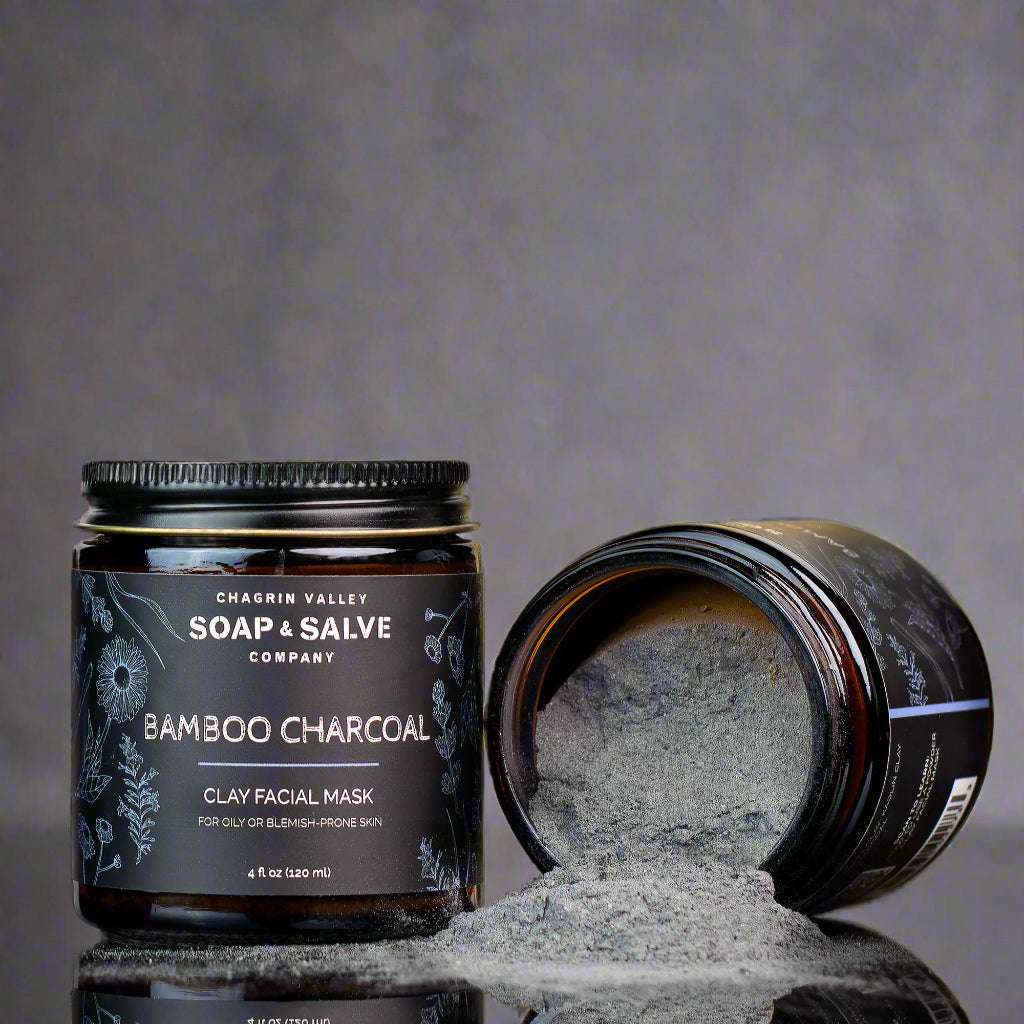

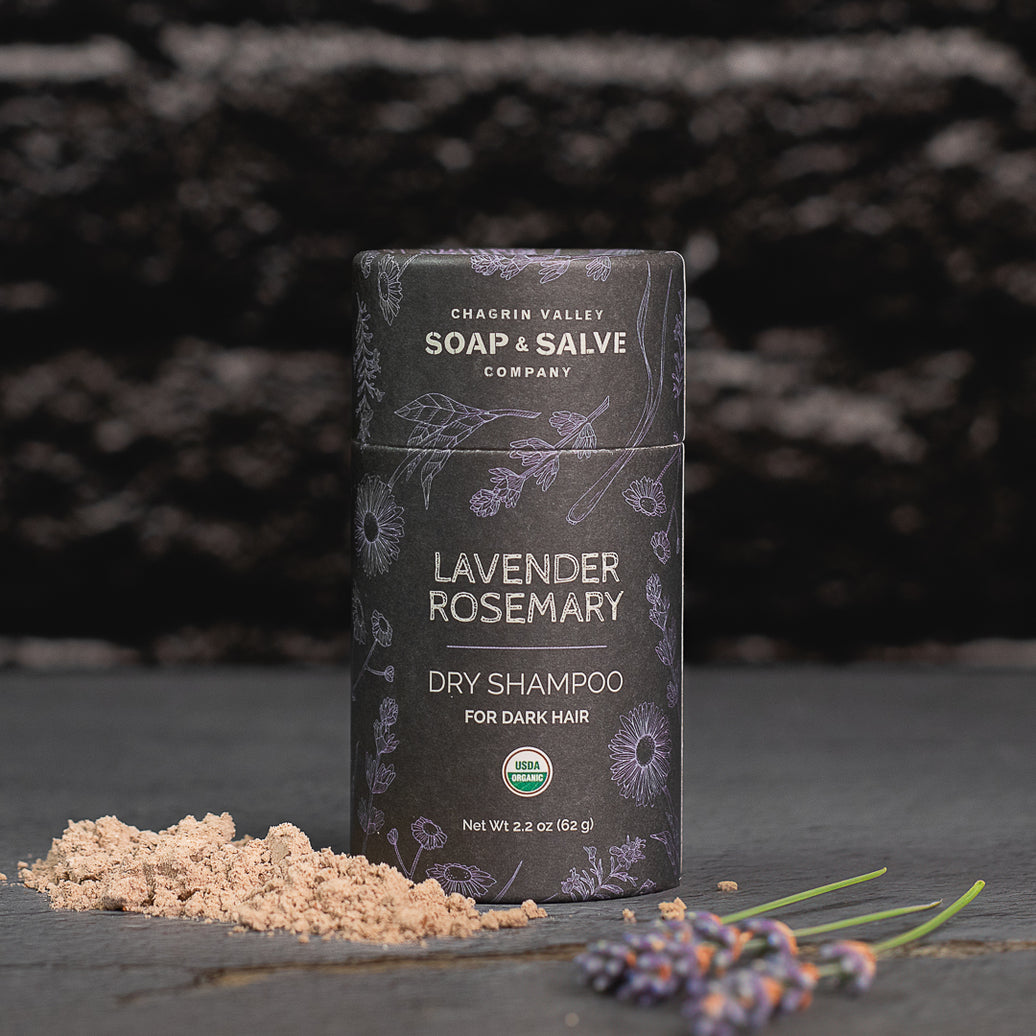
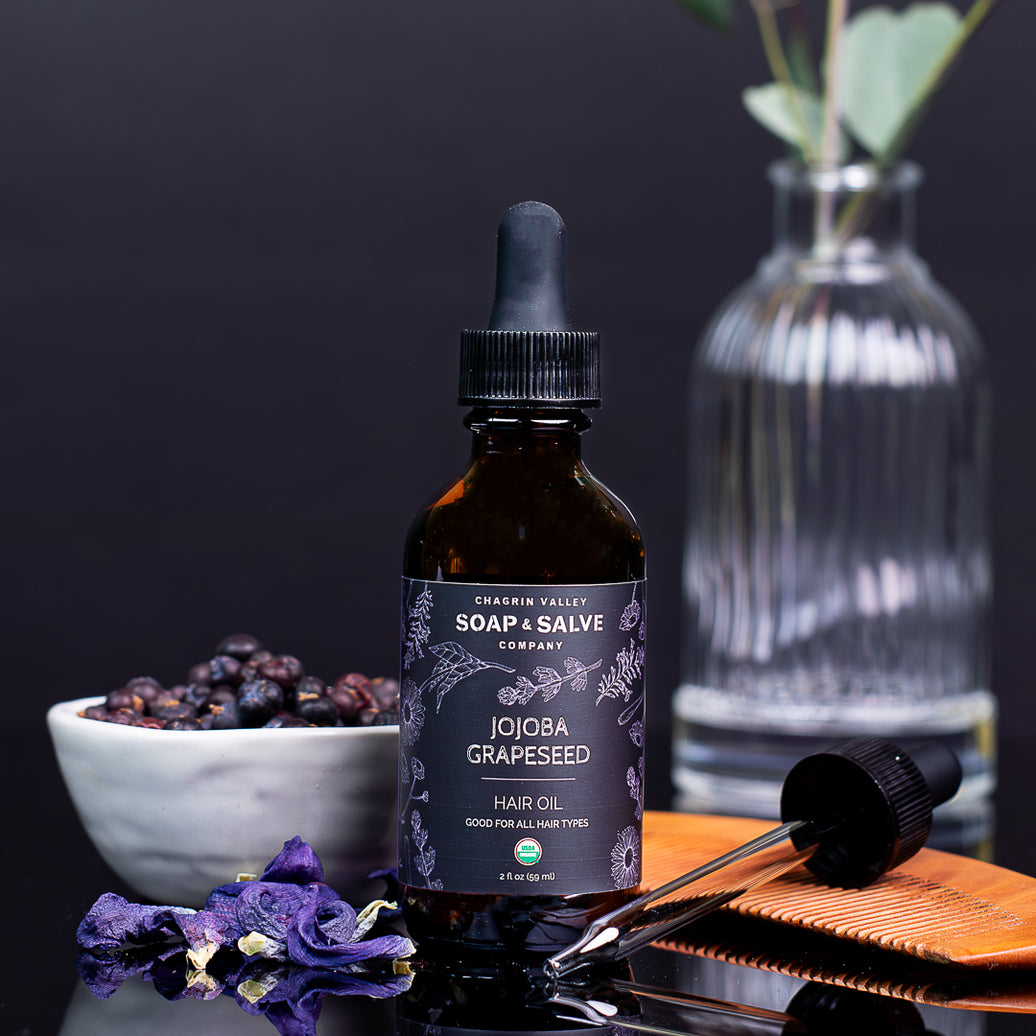
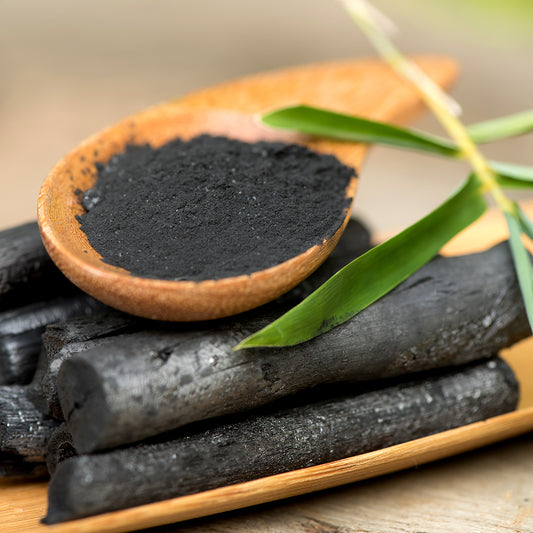
Sustainable, activated bamboo charcoal has become a key ingredient in many skincare products due to its natural ability to draw out dirt and debris from deep inside pores,
Read Post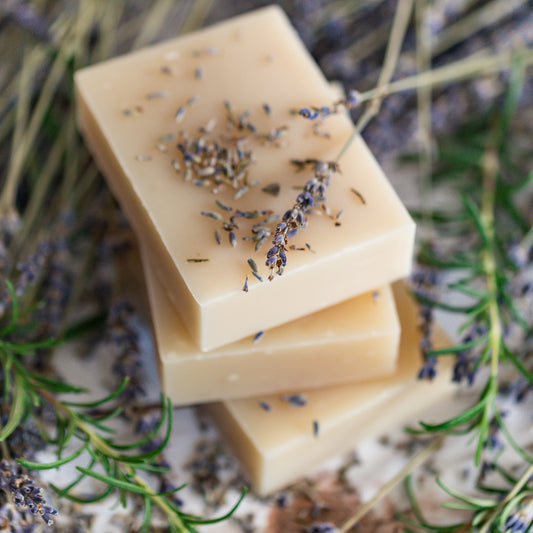
Explore the world of natural shampoo bars, get answers to your FAQs and learn about the benefits, ingredients, hair type suitability, and usage tips. Start enjoying healthier, happier hair.
Read Post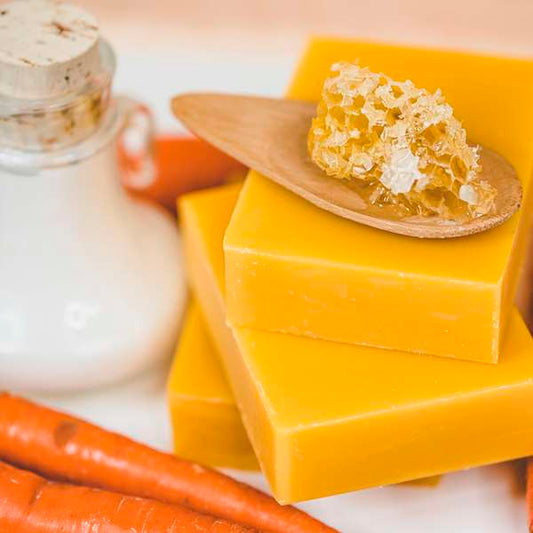
Help Me Choose a Natural Shampoo Bar: Everyone's hair is unique. For that reason, every one of our natural shampoo bars is made from a different recipe. We wish that we could recommend the perfect natural shampoo bar for each individual hair type, but here are some suggestions.
Read Post